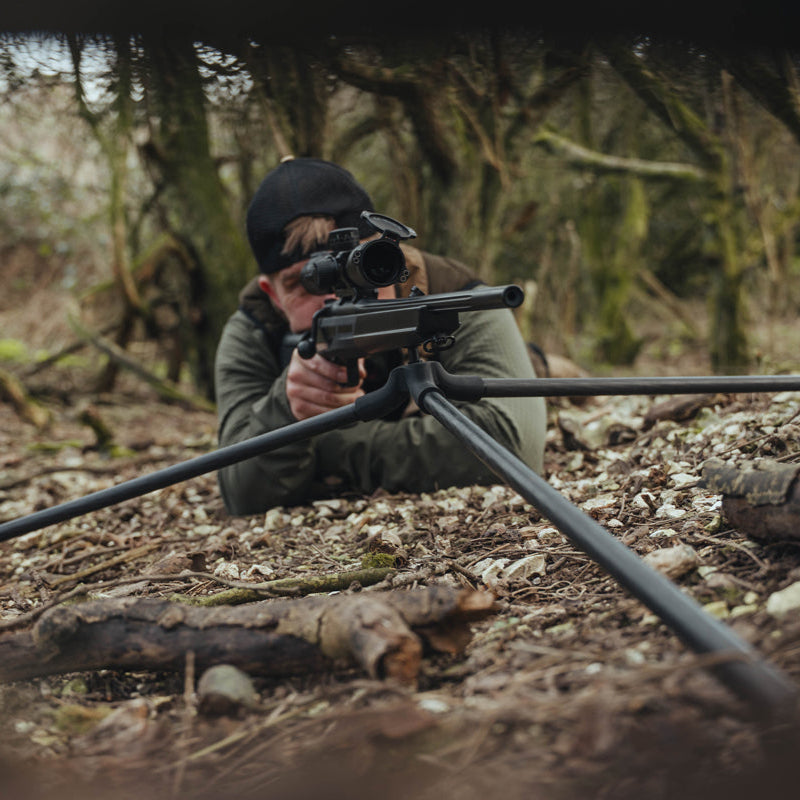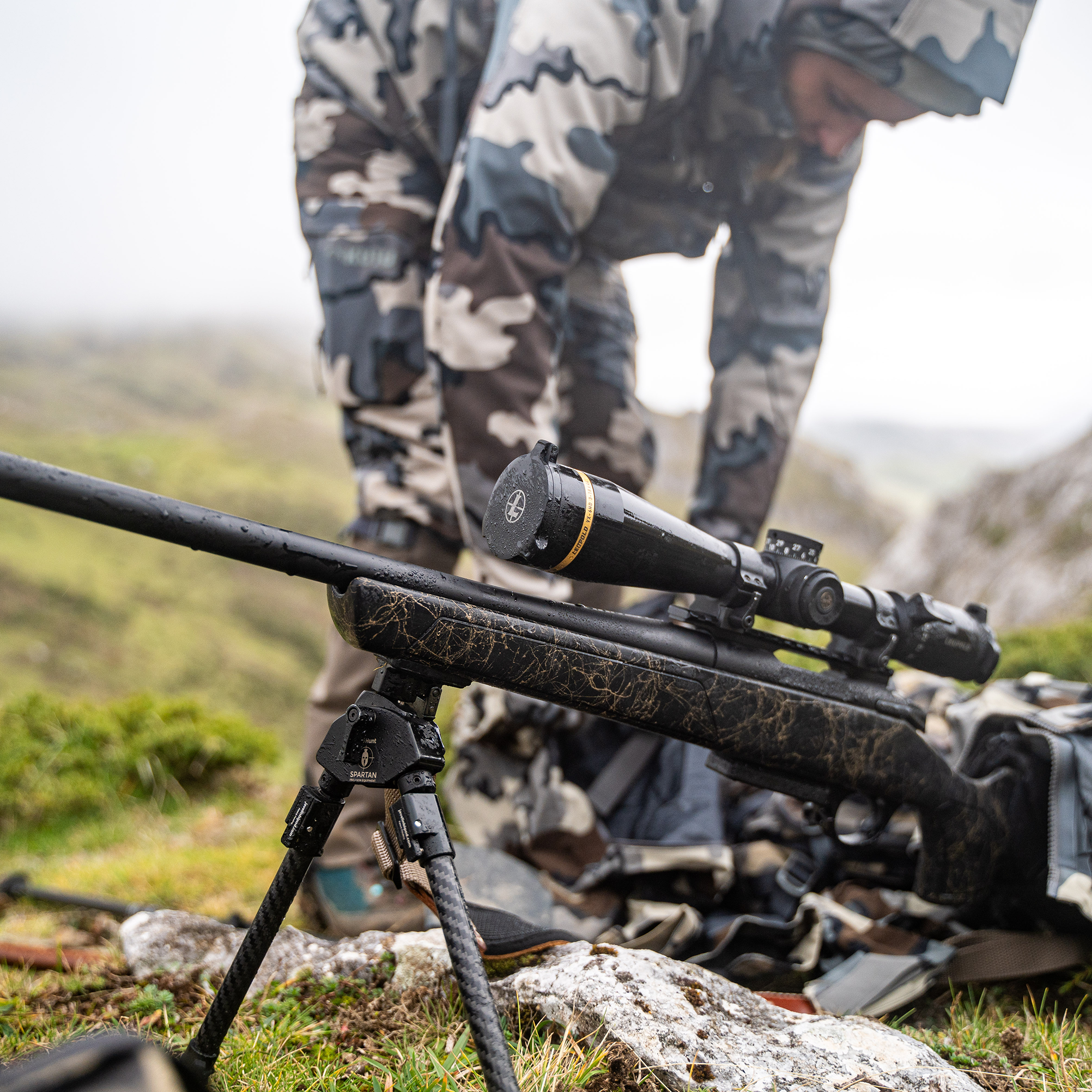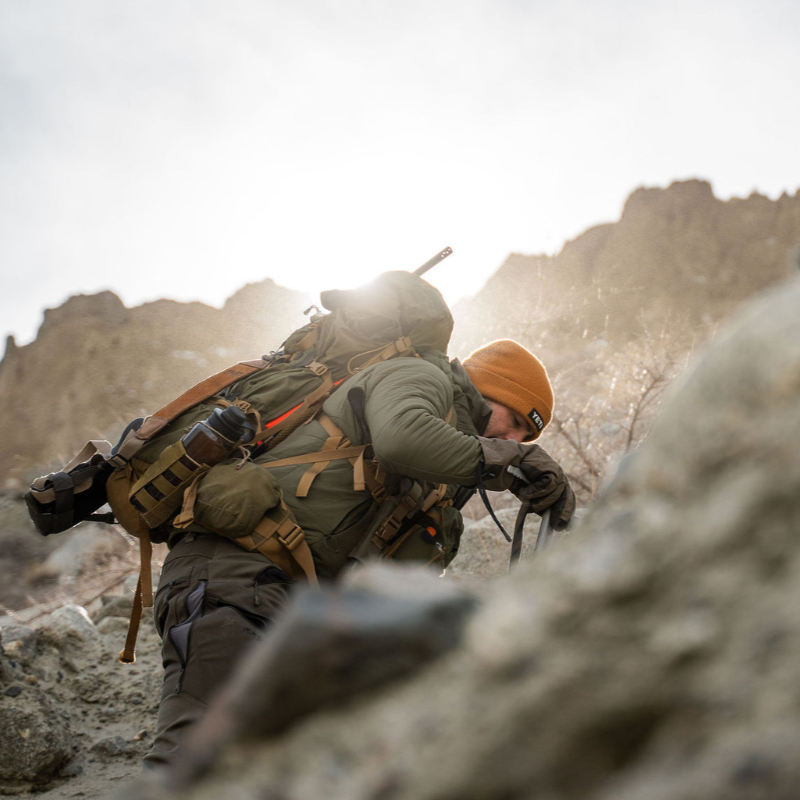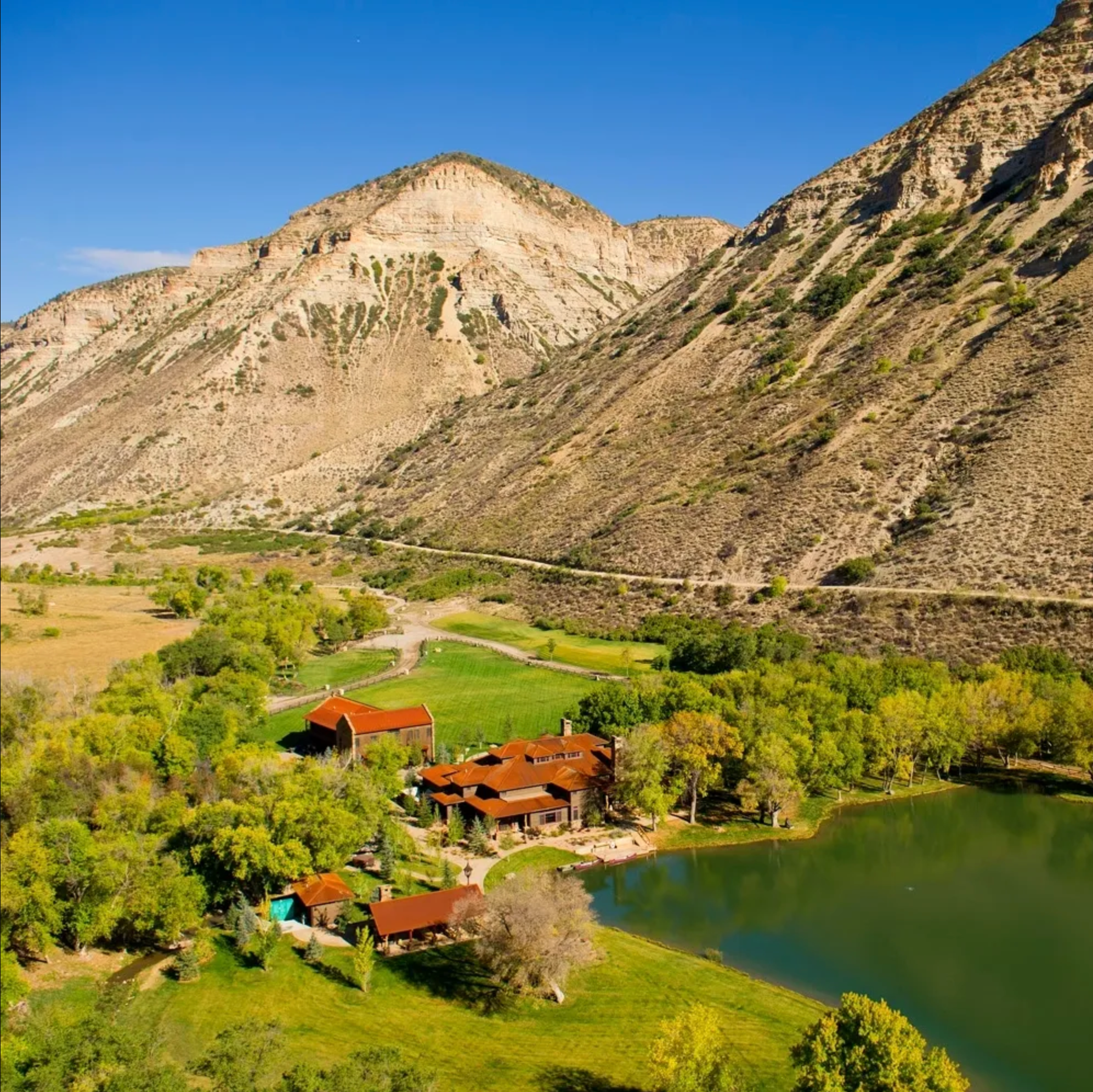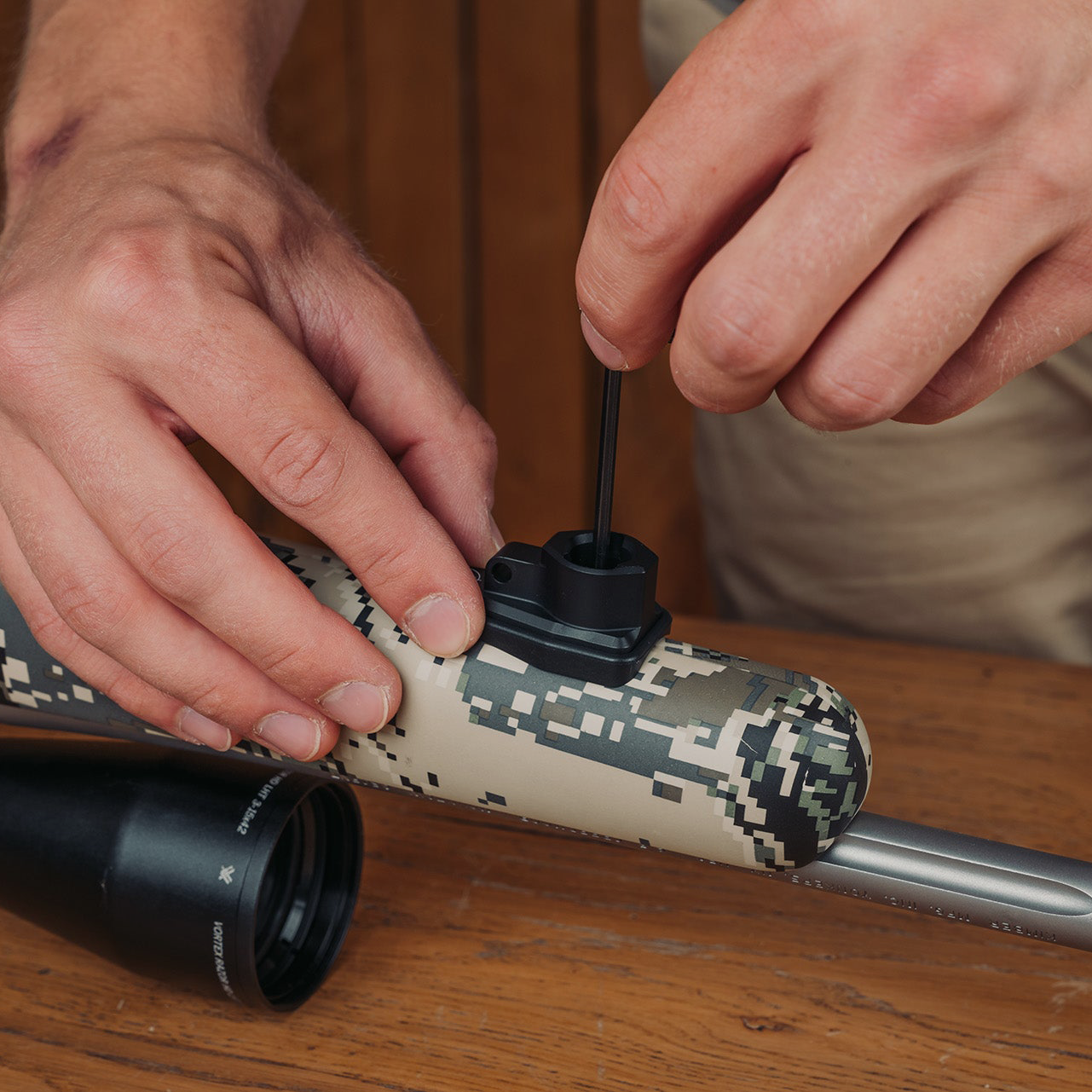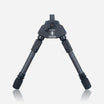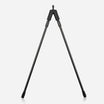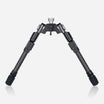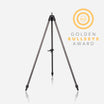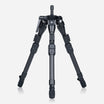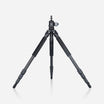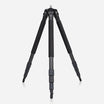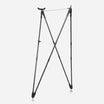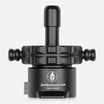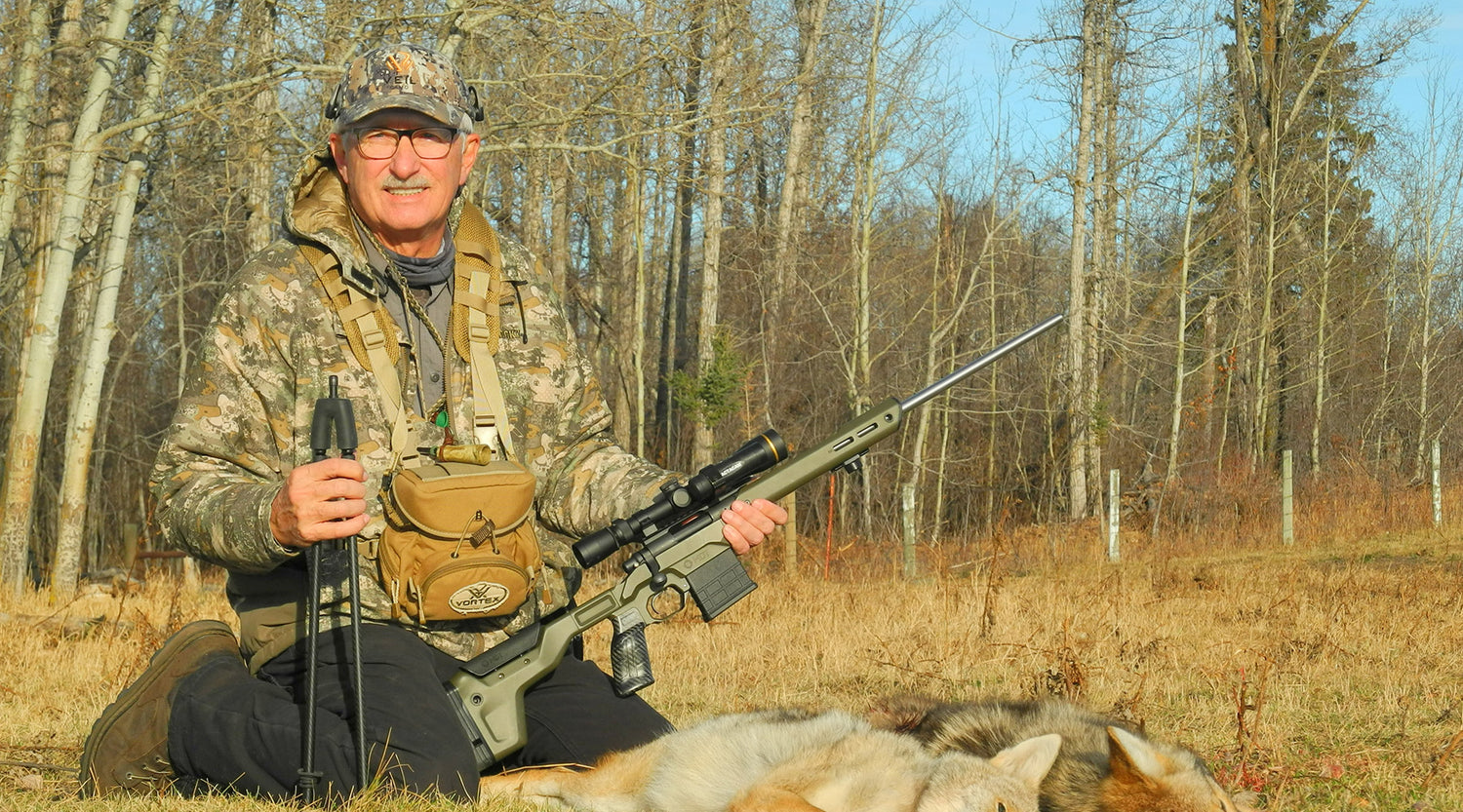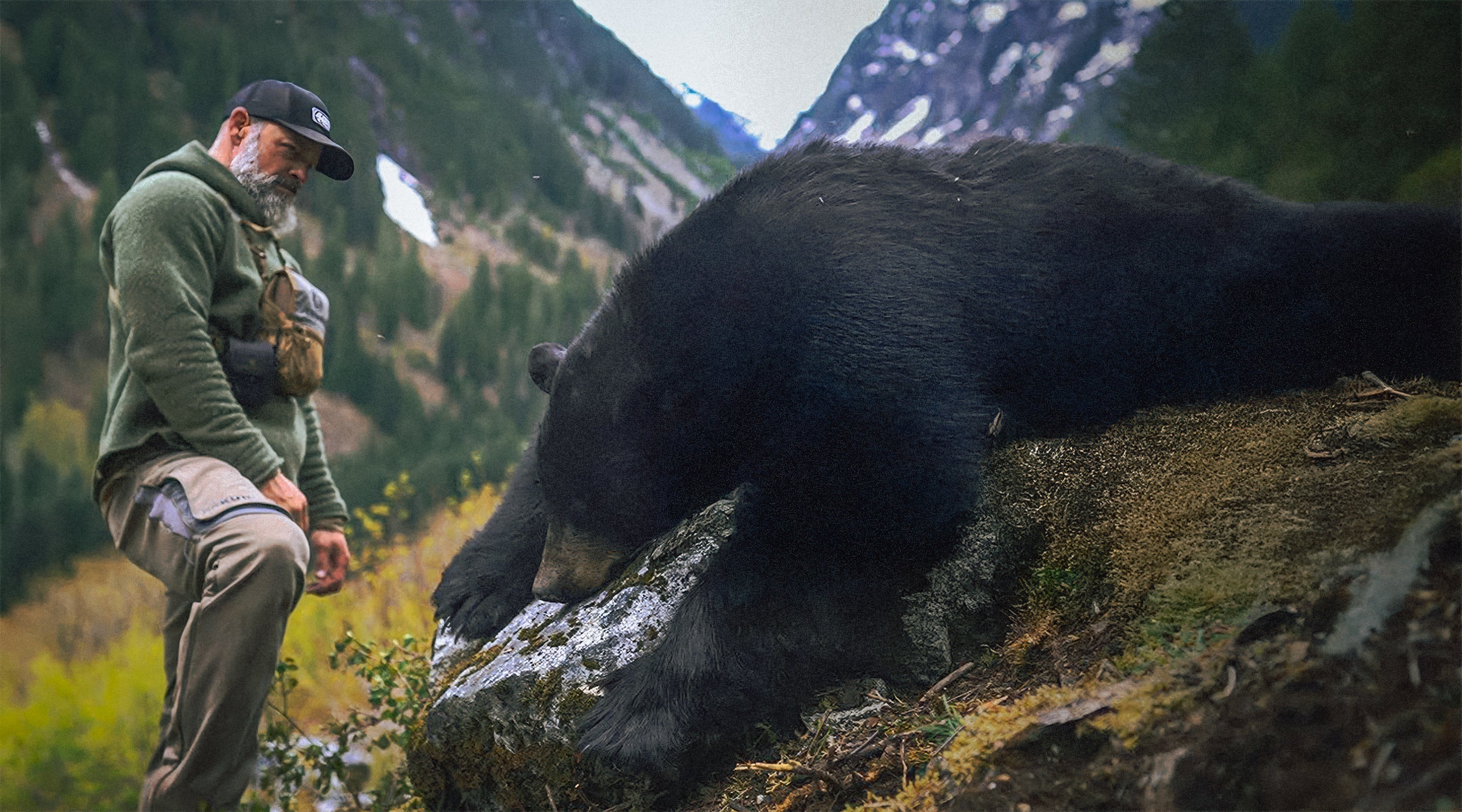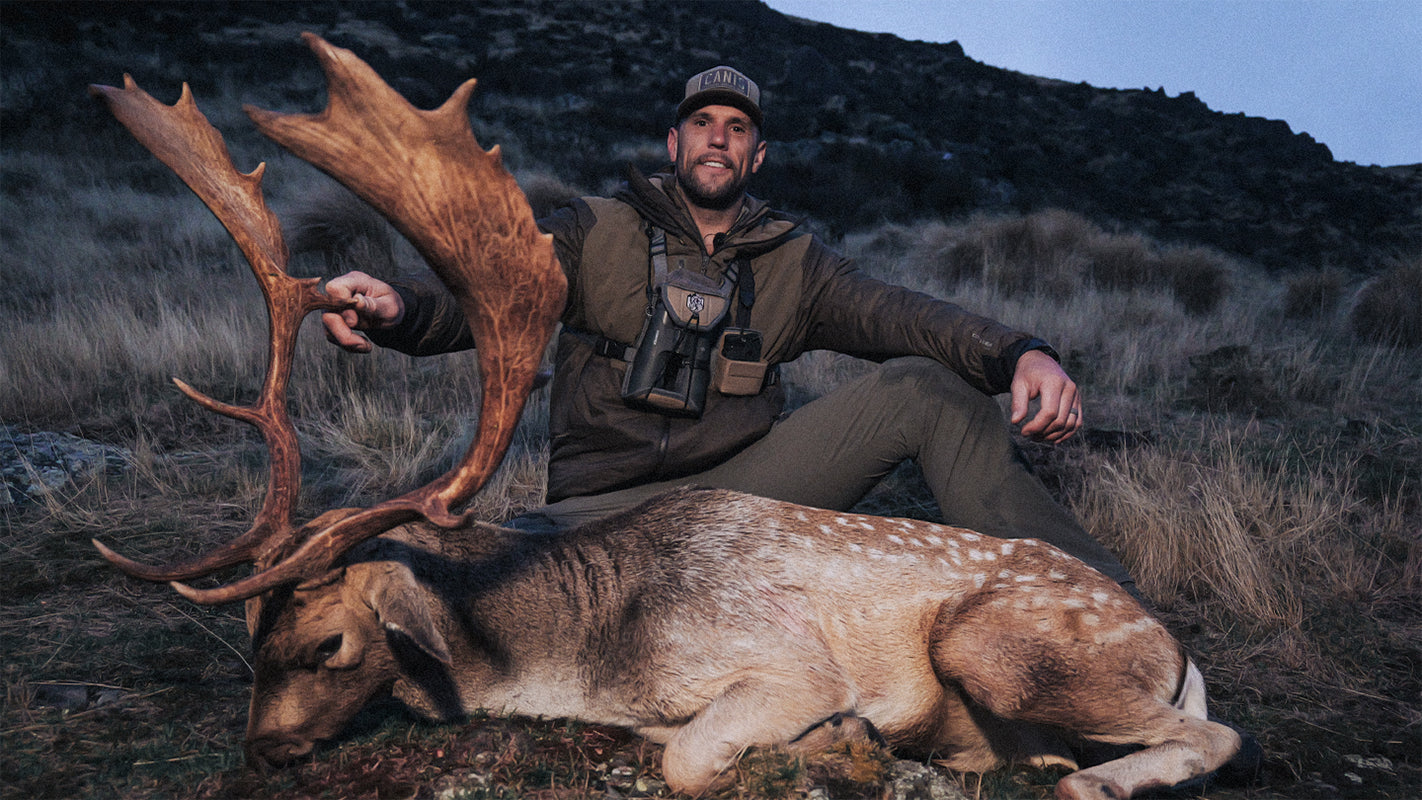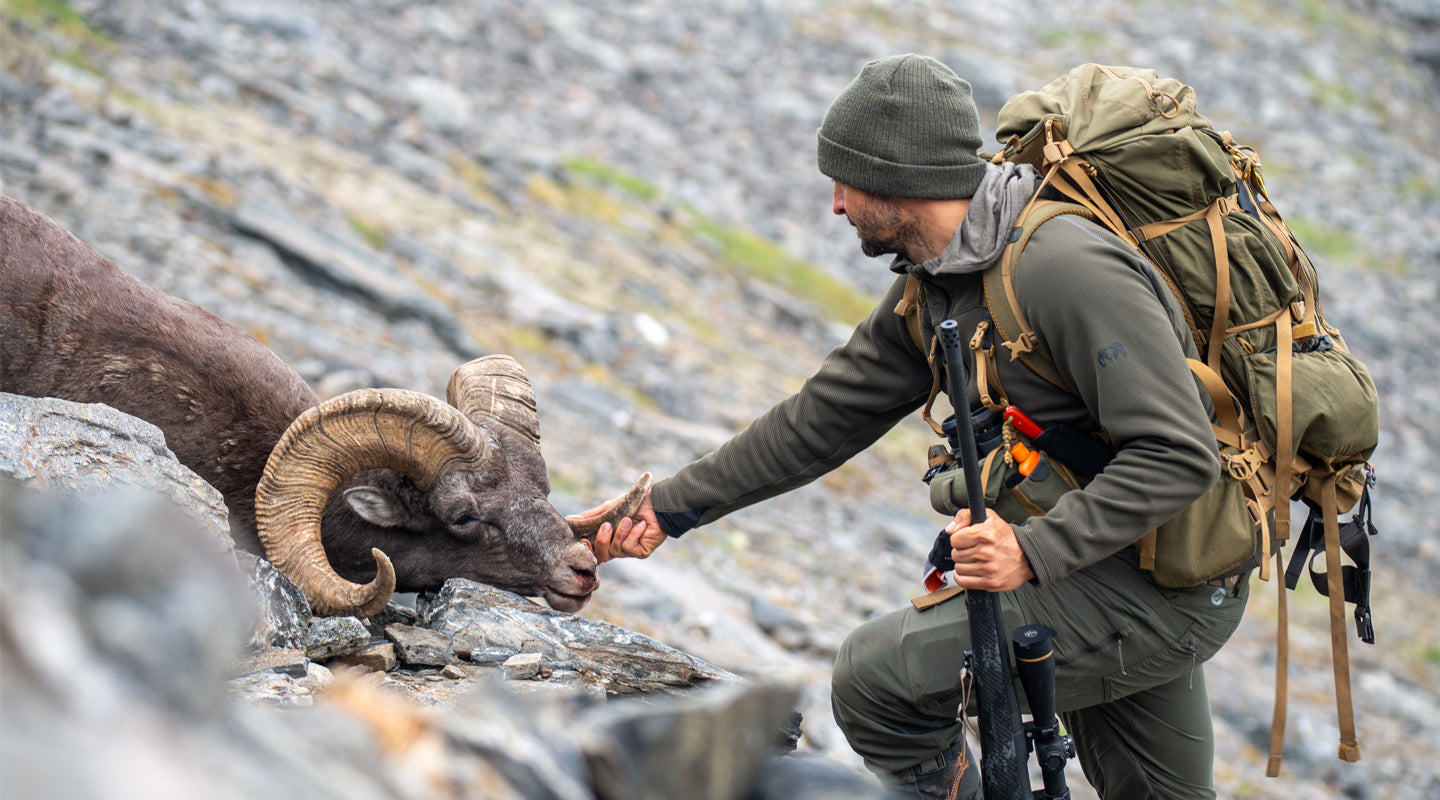“Coyote!” Hissed my hunting partner, unexpectedly.
I looked up from focusing my camera on a different troublesome coyote sprawled out in front of me, which my .22-250 had just removed from a farmer’s pasture. Turning my attention to the direction he was pointing, I spotted this new arrival, over 200 yards away. The coyote had just walked out of some trees into the yellow warmth of the morning sunshine, apparently a very late arrival to investigate the rabbit squalls I’d stopped creating 15 minutes ago. It hadn’t seen us, so I exchanged the camera for my rifle, stayed low, and scurried to a better shooting position.
The coyote we’d just killed had been taken from a sitting position with the assistance of a Spartan bipod, but this shot demanded a prone position. With the bipod still clipped to the rifle, I flattened out in the winter grass, splaying out the legs of the bipod to facilitate the low position. When the crosshairs settled on the coyote, I pressed the trigger and 208 yards away it collapsed to the ground. We had an unexpected double!
Adaptability is Key
That’s often how things happen in the predator hunting world. Shots fluctuate from close to far, timeframes can be long or short, the target can be standing still or on a flat-out run, shooting positions can vary from standing to prone, and everything in between. It all means a coyote hunter and their gear has to be as adaptable as possible.
My primary predator rifles have adjustable combs, the buttstocks are modifiable for length, the scopes are variables, the trigger pulls can be altered, and the bipod I use needs to be able to handle a high kneeling down to a low prone position. For the times I don’t want to use a bipod, I want it quickly and silently removeable.
I’ve found that kind of adaptability in the Spartan Springbok bipod. It’s a relatively new addition to the Spartan bipod family, but one I’ve adopted enthusiastically. Of course, it utilizes the carbon-fiber leg system Spartan is well known for, making it extremely lightweight and strong, features every hunter can appreciate. Weight is impressively light at a little over 10 ounces. The legs collapse to a length of 20”, extend to a maximum of 35”, and set into position anywhere in-between with a simple twist lock.

Where it differs from other bipods is its heavy duty “fork” to which these legs and the MagnaSwitch attachment system are connected. That fork is composed of a sturdy spring-steel wire system to which a silicon boot is formed. Combined, these two features allow the legs of the bipod to be twisted and adjusted in multiple directions without having to resort to buttons, switches, or levers. Careful testing and tuning of the fork have given it just enough flexibility to allow you to adjust your shooting position, but still enough tension to provide the stability to make a difficult shot.
The crew at Spartan will be the first to tell you this bipod is not for making 1000-yard hits, they’ve got other products for that. It’s intentionally designed for a walking around style of hunting where you might shoot out to 400 yards. If we’re being honest, this is the type of opportunity we’re presented with most often anyway.
While we rightly hang a lot of importance on how well a bipod helps with long shots at small targets, there are times when a bipod isn’t wanted. For example, when I find myself in tight cover where encounters will be relatively close, I don’t want a bipod on my rifle. Then I need the freedom to swing the rifle through a wide arc in short order to send a fast, sometimes moving round downrange. In those circumstances I’ll unplug the Springbok, but keep it handy, often just propped up against my left leg where I can reach it quickly just in case I end up needing to thread a bullet through vegetation to make a head shot. The ability to silently and quickly attach or detach the Springbok is one of its major advantages, and another aspect of its adaptability.

Rookie or Pro
One of the best things about predator hunting is that it’s a great way to introduce others to the hunting sports. Every year I make a deliberate effort to take out at least one person, teach them about hunting, and have them take their first coyote. Things have really clicked this year and as I write this, I’ve already helped three new shooters get their first-ever coyote.
I’ve been impressed enough with the Springbok that not only is it the bipod I personally reach for when heading out, it’s become the bipod I immediately hand to these newbies. The simple intuitive way it operates makes it easy for them to understand and to manipulate in the heat of the moment when the adrenalin rush created by a hard-charging coyote hits them.

Helpful Hacks
While the Springbok is relatively new to the Spartan line and to me, I’ve been using other Spartan products almost since they first became available in North America. That’s given me enough experience to make a few recommendations.
Get enough adapters for all your rifles. Spartan has over a half a dozen different styles available, so there’s no excuse for a hunting rifle to be without one. My rifles are covered by the Classic, which essentially replaces the common sling swivel stud, and the M-Lok adapter which is found on all my MDT chassis-equipped rifles. Picatinny, Gunsmith, ARCA, Key Mod, and UIT adapters are also available.
Put in some range time with these bipods before taking them on a hunt. As with any new equipment, we should always give it a workout on a shooting range before taking it afield. Practice things like attaching and detaching the bipod, transitioning from left to right, and shooting from various positions. Being able to change your shooting position by adjusting the leg height with the twist locks or splaying out the legs with the rubber fork is truly a different concept for a bipod, so a little range time provides increased confidence in the field.
That’s my take on the Springbok bipod by Spartan. It’s become a standard part of my predator hunting gear, and it would be equally useful for setting up on a deer across a wheatfield or on the uneven slope of a cross-canyon elk hunt. Now whenever my partner hisses “Coyote,” its what you’ll find supporting the rifle I use to make the shot.

